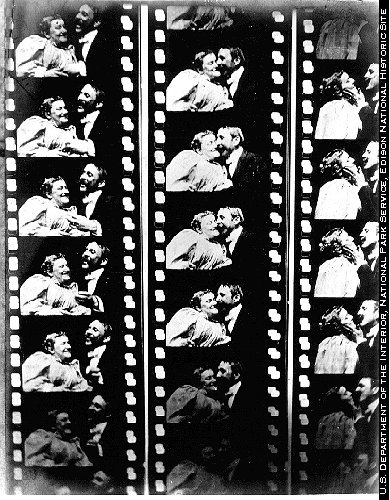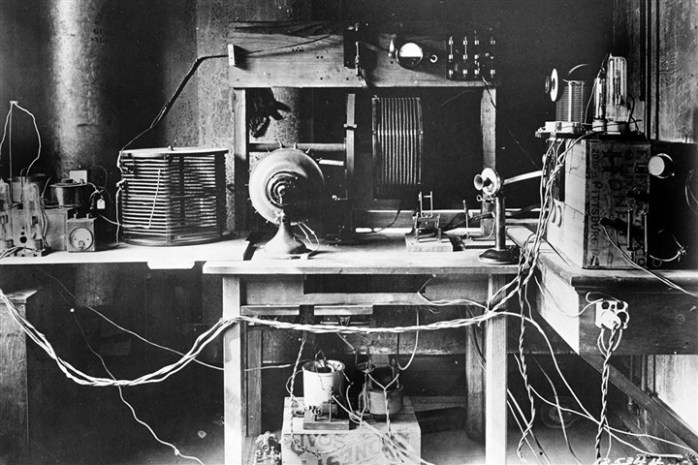Section B of the AS Media Studies exam is called Institutions and Audiences. We will concentrate on the topic of Film. You will answer one mandatory question, making detailed reference to examples from your case study material to support the points made in your answer.
Here are the questions from recent examinations:
June, 2015:
To what extent does media ownership have an impact on the successful distribution of media products in the media area that you have studied?
Media Ownership
June, 2014:
The increase in hardware and content in media industries has been significant in recent years. Discuss the effect this has had on institutions and audiences in the media area you have studied.
New Technologies and Digital Distribution
June, 2013:
Evaluate the role of digital technologies in the marketing and consumption of products in the media area you have studied.
New Technologies and Digital Distribution
January, 2013:
What impact does media ownership have upon the range of products available to audiences in the media area you have studied?
Media Ownership
June, 2012:
“Cross-media convergence and synergy are vital processes in the successful marketing of media products to audiences.”
To what extent do you agree with this statement in relation to your chosen media area?
Media Ownership
January, 2012:
To what extent does digital distribution affect the marketing and consumption of media products in the media area you have studied?
New Technologies and Digital Distribution
June, 2011:
“Successful media products depend as much upon marketing and distribution to a specific audience as they do upon good production practices.”
To what extent would you agree with this statement, within the media area you have studied?
Media Ownership
January, 2011:
Discuss the issues raised by media ownership in the production and exchange of media texts in your chosen media area.
Media Ownership
June, 2010:
What significance does the continuing development of digital media technology have for media institutions and audiences?
New Technologies and Digital Distribution
January, 2010:
“Media production is dominated by global institutions, which sell their products and services to national audiences.”
To what extent do you agree with this statement?
Media Ownership
June, 2009:
How important is technological convergence for institutions and audiences within a media area which you have studied?
New Technologies
January, 2009:
Discuss the ways in which media products are produced and distributed to audiences, within a media area, which you have studied.
Digital Distribution


